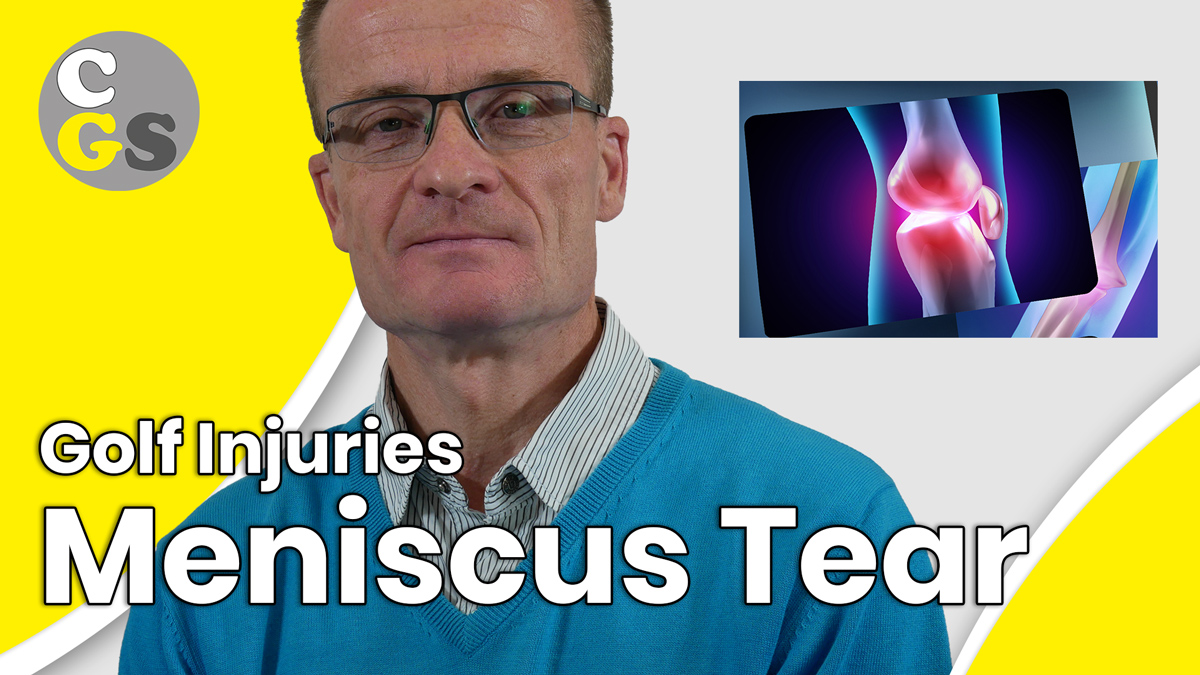Golf Injuries: Meniscus & Cruciate Ligaments
Meniscus tear and cruciate ligament ruptures are well known injuries in golf? How can we avoid these golf injuries?
Imbalance and a weight shift at the end of the backswing results in blockades of the calf and thigh muscles, but also blocked joints in the right leg and hip. The result is lateral shearing forces, but also an overstretching of the left knee joint. The cruciate ligament expert MD Martin Draxler describes this movement as “a crime against the cruciate ligaments”.
How to Minimize the Risk of Meniscus Injuries
MD Dietmar Göbel explains why the Core Balance FREE-RELEASE method of Consistency Golf Swing in combination with the Turning Golf Shoe can significantly minimize this risk of injury.
The fact that unphysiologically tilting movements take place on the inner part of the joint, especially the case when the leg is close to the target, particularly damages the inner meniscus, but also the joint cartilage of the inner part of the joint of the knee, the inner half of the joint, the so-called medial half.
A Combination Injury
This is also due to the fact that the unphysiological position of the knee, which is ultimately locked, results in further torqueing and puts stress on the ligaments. This means, it is a combination injury, a damage of the cruciate ligament, the inner ligament, the leg is forced into a bandy leg and the cartilage on the inner side and the inner meniscus are stressed further beyond its strain limits.
This means that there must subsequently be internal meniscus and cartilage damage, which can be avoided by choosing an even knee strain without locking the knee joint. This is clearly possible with the FREE-RELEASE method.

